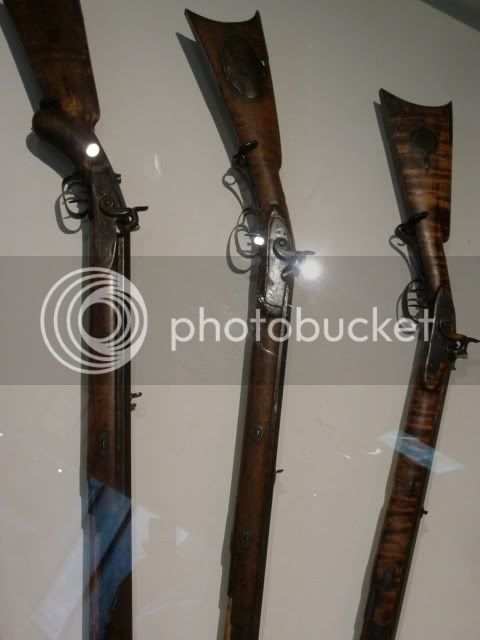Is this the one? Zonie did a great job with this one.
http://www.muzzleloadingforum.com/fusionbb/showtopic.php?tid/248316/[/quote]
No. Zonie posted that because a number of people were saying that there was no real halfstock rifle made that looks anything like the modern factories version of many of their sidelock rifles.
Some of the guns that were made in California during and following the Gold Rush have some of the characteristics of the modern sidelock halfstocks as that link points out.
As was mentioned above, the factories jumped on the "Hawken" bandwagon and started calling their sidelock halfstocks Hawkens just to sell them.
Either they didn't know what a real Hawken rifle looks like or they didn't care.
I find it ironic that the one factory made halfstock that looks anything like a Hawken is the Lyman Great Plains Rifle and they avoided calling their gun a Hawken. I for one am glad they did that.
As for owning a good reproduction of a real Hawken in the calibers they were made in, I wouldn't want one.
Those rifles typically weighed between 10 and 15 pounds which is a lot heavier than anything I want to carry very far.








